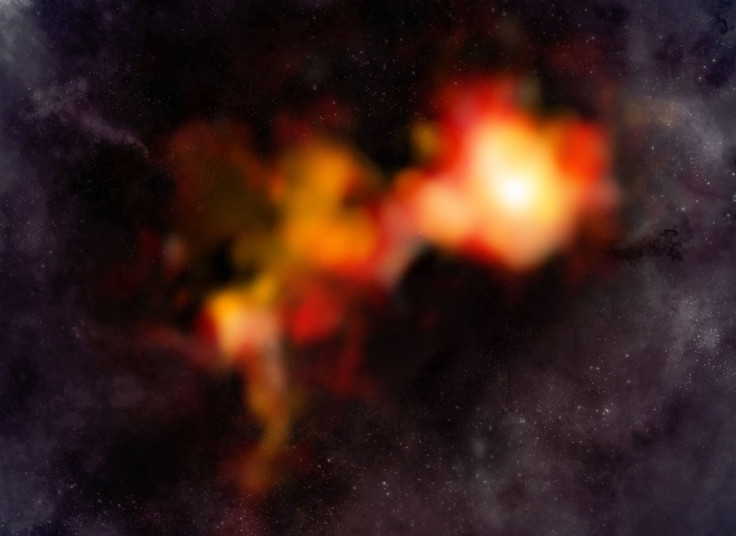Study Of Dark Clouds In The Milky Way Galaxy Solves Mystery Behind The Size Of Massive Stars

Astronomers used the Atacama Large Millimeter/Submillimeter Array, or ALMA, telescope, a radio telescope in the Atacama desert of northern Chile, to find out why some stars grow much larger than the vast majority of stars in the Milky Way galaxy.
According to the astronomers, certain massive stars can have at least eight times the mass of the sun -- a trait that presents an intriguing mystery. To find an answer to this long-standing question, astronomers used the ALMA telescope to survey the cores of some of the darkest, coldest, and densest clouds in the Milky Way Galaxy to search for the telltale signs of star formation.
“A starless core would indicate that some force was balancing out the pull of gravity, regulating star formation, and allowing vast amounts of material to accumulate in a scaled-up version of the way our own sun formed,” said Jonathan Tan, an astrophysicist at the University of Florida, Gainesville, and lead author of a paper published in the Astrophysical Journal on Friday. “This suggests that massive stars and sun-like stars follow a universal mechanism for star formation. The only difference is the size of their parent clouds.”
The clouds, know as infrared dark clouds, were observed approximately 10,000 light-years away in the direction of the constellations of Aquila and Scutum. Because these cloud cores are so massive and dense, gravity should have already overwhelmed their supporting gas pressure, allowing them to collapse to form new, sun-like stars, scientists said.
While the formation of typical stars such as the sun account for the vast majority of stars in the Milky Way galaxy, something extra is needed to explain the formation of more massive stars.
“Some additional force is needed to balance out the normal process of collapse, otherwise our galaxy would have a fairly uniform stellar population,” Tan said. “Alternatively, there has been speculation that two separate models of star formation are needed: one for sun-like stars and one for these massive stars.”
According to the astronomers, the ALMA telescope was used to explore inside massive starless cores for a unique chemical signature involving deuterium -- also known as heavy hydrogen -- to essentially take the temperatures of these clouds to see if stars had formed. Deuterium is important because it tends to bond with certain molecules in cold conditions. Once stars turn on and heat the surrounding gas, the deuterium is quickly lost and replaced with hydrogen.
The ALMA observations detected huge amounts of deuterium, suggesting that the cloud is cold and starless. The astronomers said that the finding also indicates that some counterforce is preventing core collapse and buying enough time to form a massive star.
According to researchers, strong magnetic fields may be propping up the cloud, preventing it from collapsing quickly.
“These new ALMA observations reveal objects that are quite similar to the nurseries of sun-like stars, but simply scaled-up by tens or a hundred times. This may mean that nature is more important than nurture when it comes to determining a star’s size,” Tan said.
© Copyright IBTimes 2024. All rights reserved.






















